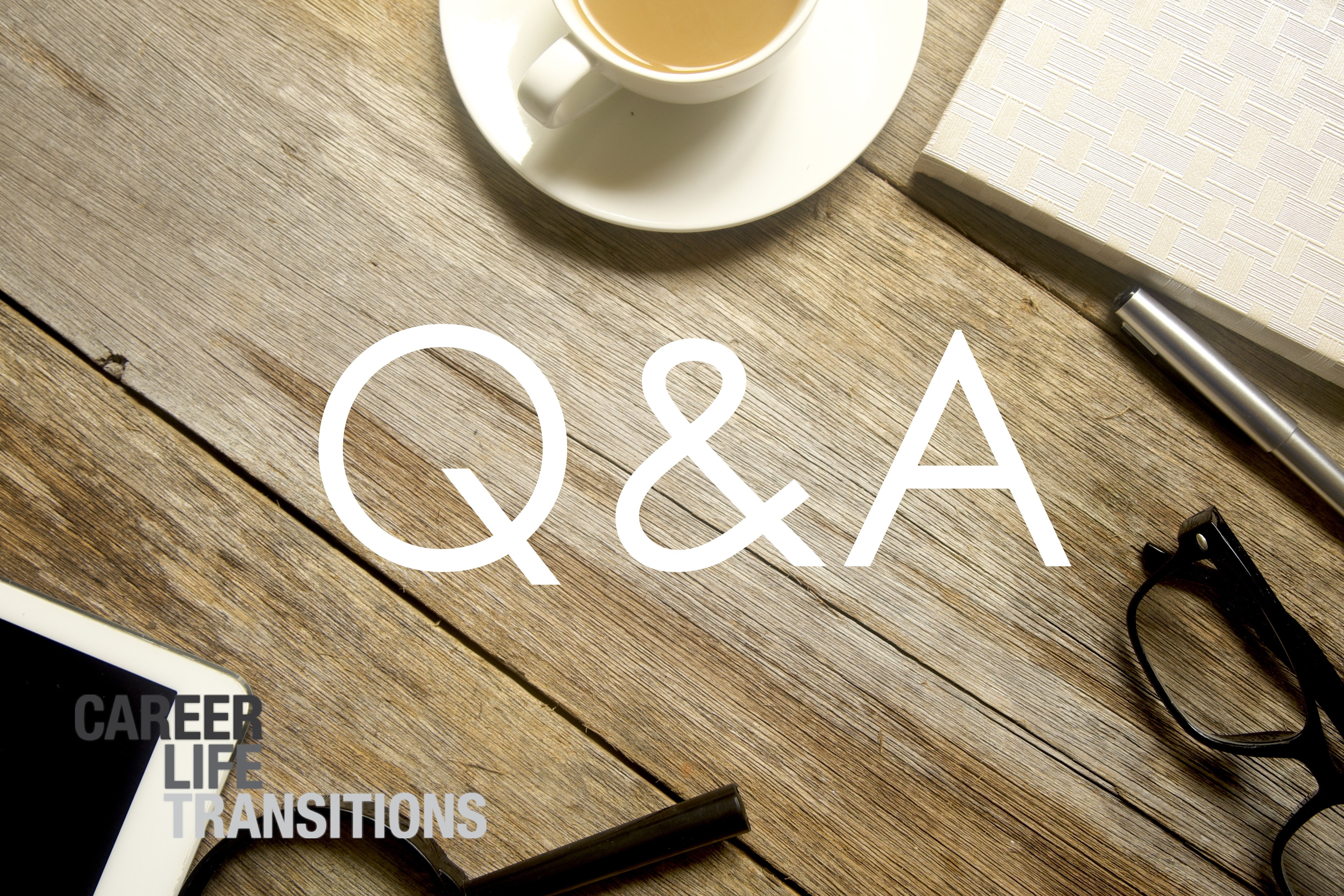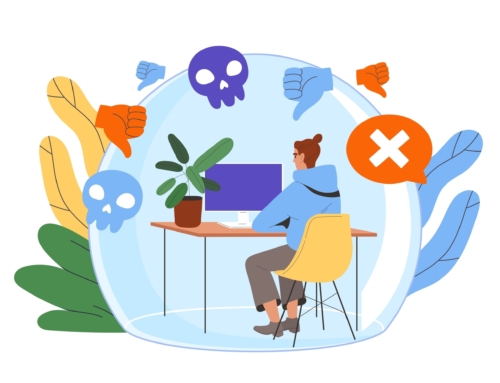What is the Changing Gears program?
In a nutshell Changing Gears is about celebrating our ageing workforce, transitioning them from full-time work with dignity and assisting their employer organisations with that process. It has evolved over several years and we work across the country and across all sectors. We’ve had around 7000 mature-age employees come through the program from around the country.
The strength of the program is that we create a business case with the employer around the challenges and opportunities that are precipitated by the ageing population. We focus on the specific things they need to address when looking at their mature age workforce issues. In order to be able to meet those business objectives we really have to help the employees themselves. The program has been designed for that mature age audience over 55, combined with the needs of the organisation.
It’s a conversation where we establish the business case with the employer and clarify the reason why they would run a program like this and celebrate the contribution that this mature age cohort has made over the years. The program has two key elements to it;
- It’s a workshop where we look at a range of work and life issues that are relevant to that particular life stage, and
- It’s individual coaching.
We have coaches representing the life planning aspects, taking a holistic view of what life is going to look like beyond work. We know from experience (in regard to employees), 90% of those 7,000 people haven’t got a purposeful plan for life beyond work.
We have specialists from the superannuation and Centrelink areas to help cover some of those financial gaps. Generally speaking, people find the whole financial Super side of things to be complex and confusing (it’s even more confusing following the Royal Commission) and we find very few understand what their Centrelink entitlements are. Bring all those three areas together has proved to be incredibly successful for participants and organisations alike.
What are the some of the key issues that you’re hearing from employers in terms of this challenge?
I think some of the key issues relate to the whole workforce planning scenario. How do you attract and manage talent regardless of age? How do you maintain business continuity within a competent mature aged employee that is leaving? How do you develop coaching and mentoring programs? What is the succession side of things looking like? Do they have protegees in place in some of these business-critical positions?
There’s also an element of OH&S and health, there’s always a date of birth issue. Age can and does manifest in health issues with people over the age of fifty in the workplace. Even if some people come to work with a chronic condition, it doesn’t mean they can’t perform a function. Although chronic, that could be an elevated blood pressure or diabetes, which are not debilitating.
In some instances, people are working in a manual handling environment which also exacerbates injury and workers compensation challenges, so part of the discussion with employers is invariably about looking at different ways of working and how they might be able to accommodate people. Some of the other drivers impact the diversity portfolio which makes eminent sense. The other area impacted is around the whole issue of brand and being an employer choice and what they’re doing to enhance their image.
Traditionally we found that the issues have not been dealt with very effectively in a business sense because who takes responsibility? So that’s why when you’re looking at those broad issues it’s important to nominate an advocate or someone to take responsibility for the program.
And what do you hear from the employees’ point of view? What are their drivers?
For the employee’s point of view, it’s providing them with a bit more certainty so they can make informed decisions. We’re increasingly seeing partners and spouses coming to the program because you’re talking about this as a shared experience, so from their point making that step and what it’s going to look like plus understanding some of the options outside work with some of the pathways is essential. Sometimes the partner whose company is sponsoring the program is not the one making the financial decisions. Retirees are going from a work environment where they very proud, they’ve got their friends and mates but they’re mostly leaving that behind. It’s a strong camaraderie in a work environment and the question is; how do you then replace that? One of the things that the employees are asking us and one of the things that we encourage employers to think about is how to get more involved in the community so organisations create pathways for this cohort when they finally leave the workforce.

Thank you Wayne Bishop, Founder of Changing Gears.














Dr Susan Roberts says: